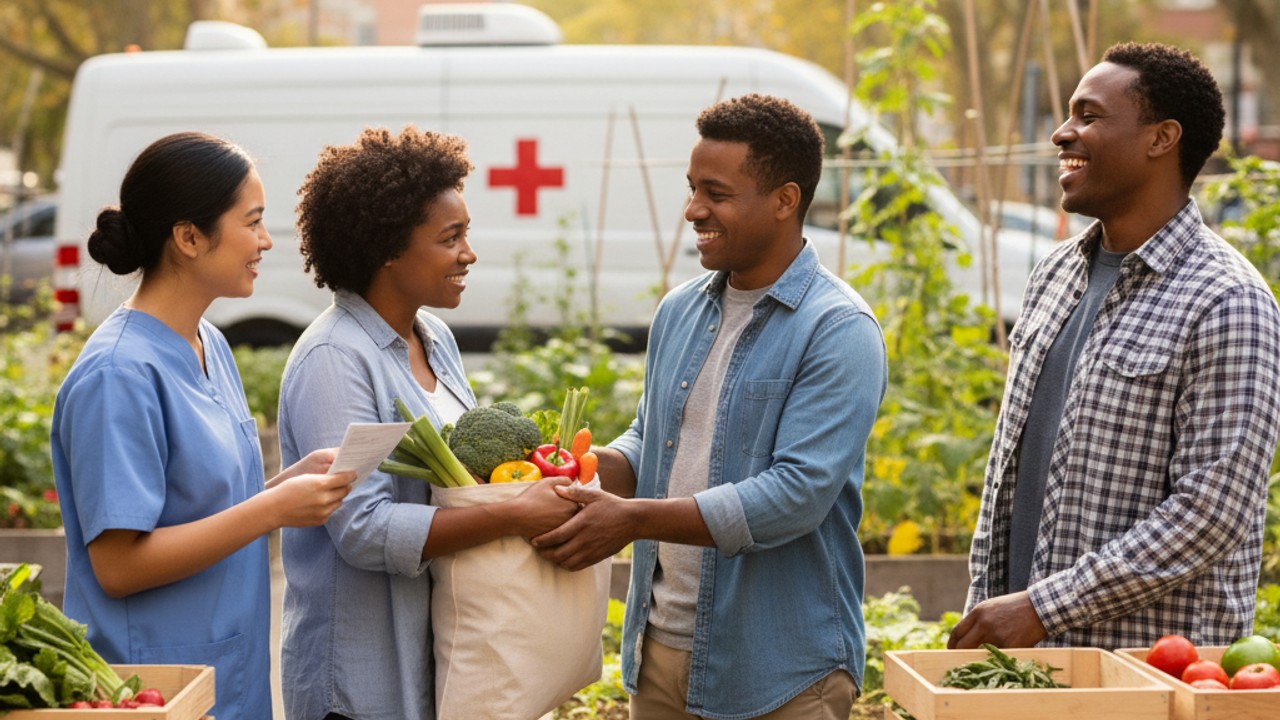In communities worldwide, the intertwined challenges of health access and food security continue to cast long shadows over millions of lives. Imagine a mother in a low-income neighborhood, struggling not only to secure nutritious meals for her children but also to find reliable healthcare when illness strikes. This is not a distant story—it is a reality for many today.
Recent global reports reveal alarming statistics: according to the World Health Organization, at least half of the world's population lacks access to essential health services, with many facing devastating financial consequences when seeking care (WHO, 2023). Simultaneously, the United Nations Food and Agriculture Organization estimates that nearly 828 million people worldwide faced hunger in 2021, a number exacerbated by the pandemic and climate crises (FAO, 2023).
These statistics are more than just numbers; they represent families, children, and elders living on the edge, where poor health and food insecurity feed into each other in a vicious cycle. Malnutrition weakens immune systems, making individuals more vulnerable to illness, while illness restricts the ability to work and provide food.
Stories from the Ground
In the United States, community organizations have stepped up to address these overlapping crises. One such example is the organization Feeding America, which operates a nationwide network of food banks. Their work ensures that millions receive nutritious meals annually. In 2022 alone, they provided over 5 billion meals to families in need (Feeding America).
Parallelly, Partners In Health works tirelessly in some of the world's poorest regions to provide equitable healthcare access. Founded in 1987, Partners In Health has become a model for delivering quality health services that respect the dignity of the people they serve. Their initiatives encompass not only treatment but also community engagement and training local health workers (Partners In Health).
How Can We Shift the Tide?
These efforts underscore a critical truth: sustainable progress requires integrated solutions addressing both health access and food security. Advocacy groups like the Global Alliance for Improved Nutrition (GAIN) focus on enhancing nutrition to foster healthier populations. GAIN partners with governments and private sectors to ensure food systems provide safe, nutritious food affordably (GAIN).
Moreover, community support programs are vital. Local nonprofits can tailor interventions that respect cultural contexts and immediate needs. Whether it’s mobile clinics reaching rural areas or community gardens providing fresh produce, grassroots actions create ripples of hope and health.
A Call to Action
But the responsibility extends beyond nonprofits. All individuals can play a role—by supporting policies that expand healthcare access, volunteering time with food banks, or simply raising awareness. The world witnessed during the COVID-19 pandemic how health inequities quickly translate into human suffering and social instability. Now more than ever, collaborative efforts can break the chains of disparity.
To deepen your impact, consider contributing to organizations like Feeding America or Partners In Health, or engaging with local advocates focusing on food and health access. Sharing stories and facts helps dismantle ignorance and builds momentum for change.
Together, bridging the gaps in health and food security is possible. It is through shared commitment, compassion, and action that we can ensure that everyone—not just the privileged—has the opportunity to lead a healthy life with dignity and nourishment.









